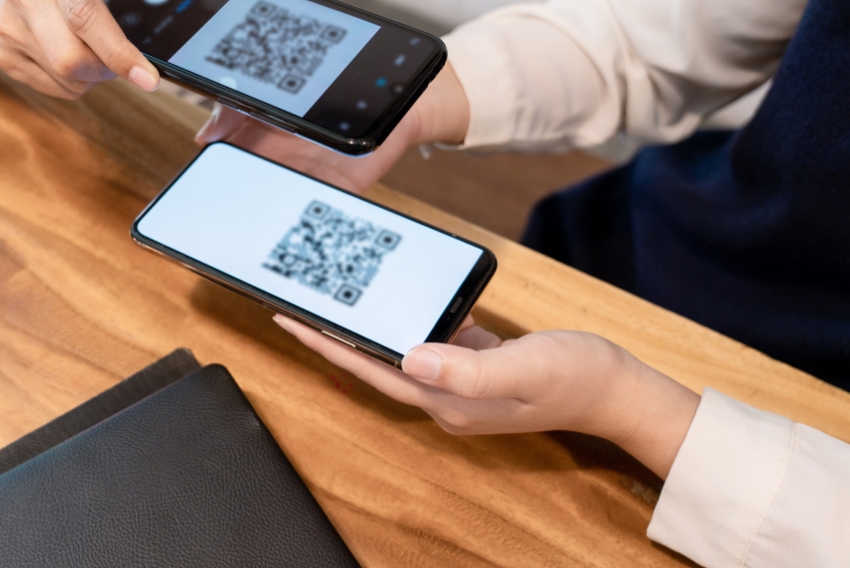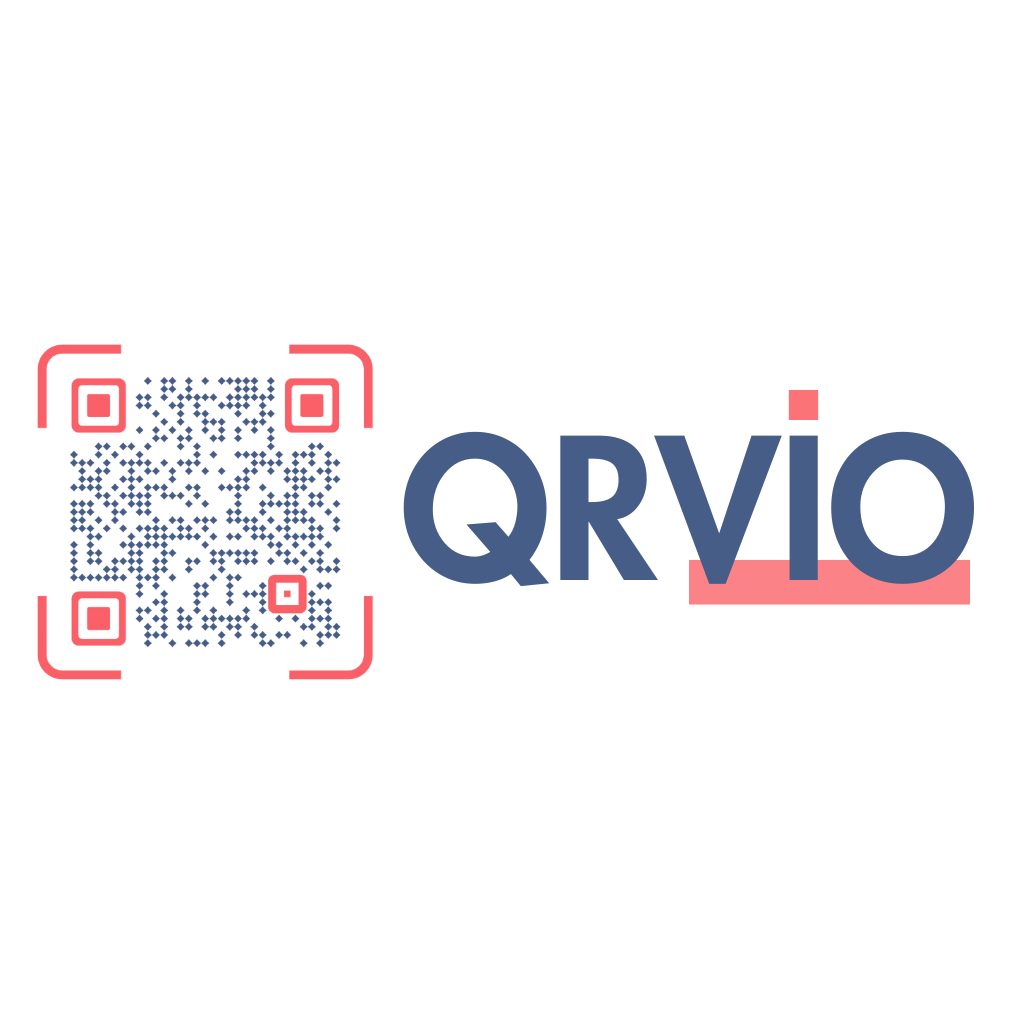QR Code Blur: Causes, Fixes, and How to Prevent Scanning Issues

In today’s fast-paced digital world, QR codes are everywhere—from restaurant menus and business cards to product packaging and event tickets. But what happens when a QR Code Blur occurs, and the code fails to scan properly? For businesses and individuals alike, a blurry QR code can cause frustration, lost opportunities, and even revenue loss. This comprehensive guide explores the causes of QR code blur, practical fixes, and preventive measures to ensure your QR codes always scan smoothly.
– Why a Blurry QR Code Is a Big Problem
A QR code is meant to bridge the gap between the physical and digital worlds quickly and efficiently. When the code is blurry:
- Customers can’t access information or services.
- Brand reputation suffers.
- Business conversions drop.
Given the high stakes, understanding the root causes of QR code blur is essential.
– Common Causes of QR Code Blur
Several factors can lead to blurry QR codes, either during creation, printing, or display. Let’s break them down:
1- Low-Resolution Images
One of the most common reasons for blurry QR codes is using a low-resolution image when creating or exporting the QR code. If the code is saved in a small size and then enlarged, it will appear pixelated or blurry.
Best Practice:
Always generate QR codes at a high resolution (preferably in vector formats like SVG or PDF when possible).
2- Incorrect File Formats
Using raster file formats like JPEG or PNG can degrade image quality, especially when resizing is needed.
Best Practice:
For maximum clarity, use vector formats (SVG, PDF) that can be scaled infinitely without losing sharpness.
3- Over-Compression
Sometimes, QR codes are compressed excessively to reduce file size, particularly for web use. Compression can introduce artifacts that blur the code and interfere with scanners.
Best Practice:
Avoid over-compressing your QR codes. Choose optimized, but high-quality settings when saving images.
4- Poor Printing Quality
If a QR code is printed using low-quality printers or inappropriate materials, blurring can occur due to ink bleeding or low DPI settings.
Best Practice:
- Use printers that support at least 300 DPI.
- Opt for non-glossy, high-quality materials to prevent ink spread.
5- Scaling Issues
Resizing QR codes incorrectly during design or printing often leads to distortion or blur.
Best Practice:
Always resize using proper design software that preserves image quality. Avoid enlarging small QR codes.
6- Screen Display Problems
For digital displays, QR codes can appear blurry if the screen resolution is too low or if the image scaling is handled poorly.
Best Practice:
Display QR codes at native resolutions and test them on different screen sizes before deployment.
7- Color Choices and Contrast
Low contrast between the QR code and its background can create a blurry or unreadable appearance for some scanners.
Best Practice:
- Stick with dark codes on a light background.
- Avoid colors that blend together or don’t provide sufficient contrast.
– Quick Fixes for a Blurry QR Code
If you’ve already created a QR code and notice it’s blurry, don’t worry. Here are practical fixes:
1- Recreate the QR Code at Higher Resolution
Most QR code generators allow you to choose the output resolution. Always select the highest available option.
2- Switch to Vector Formats
If you used a raster format initially, regenerate the QR code in SVG or PDF to avoid further scaling issues.
3- Use Reliable QR Code Generators
Free or low-quality QR code generators might produce low-resolution outputs. Use professional tools that allow for customization and high-resolution downloads.
4- Test Before Publishing
Always scan the QR code yourself on multiple devices before distributing it. This simple step can prevent larger issues down the line.
– The Impact of QR Code Blur on User Experience
Blurry QR codes don’t just create a minor inconvenience—they can lead to:
- Loss of trust: Users might think the QR code is a scam or unreliable.
- Frustration: Repeated scanning attempts drive users away.
- Lower engagement: Fewer scans mean reduced traffic or conversions.
For businesses, this translates directly into missed opportunities and a diminished brand image.
– How Different Industries Are Affected
1- Events and Ticketing
Blurry QR codes on tickets can cause delays and frustration at entry points, harming event reputation.
2- Retail and Packaging
Product packaging with unreadable QR codes can prevent customers from accessing promotions or product info.
3- Hospitality
Restaurants using QR codes for menus may frustrate guests if the codes are unclear, potentially leading to lost business.
4- Marketing and Advertising
Campaigns that rely on QR code scans for engagement can fail entirely if the code isn’t scannable.
– How to Prevent QR Code Blur: Proactive Strategies
Fixing a blurry QR code is good—but preventing the problem from occurring in the first place is even better. Here’s how to ensure your QR codes remain sharp and scannable from the start.
1- Use High-Quality QR Code Generators
Not all QR code generators are created equal. Choose platforms that:
- Offer high-resolution output.
- Allow downloads in vector formats.
- Provide error correction levels (this makes your code resilient to minor damage or printing flaws).
2- Design with Scalability in Mind
Always create QR codes with scalability in mind:
- Design your code at the largest size you’ll need.
- If you must resize, shrink rather than enlarge to maintain clarity.
3- Choose the Right File Format
- For print, use SVG or PDF.
- For digital, use PNG with minimal compression.
4- Mind Your Contrast
Ensure a strong contrast between the code and its background:
- Dark code on a light background works best.
- Avoid complex backgrounds or patterned designs behind the QR code.
5- Optimize Print Settings
For printed QR codes:
- Use at least 300 DPI.
- Avoid glossy finishes that reflect light and obscure the code.
- Test printed samples with multiple scanning apps and devices.
6- Conduct Multi-Device Testing
Always test the final QR code across:
- Different smartphones (Android, iOS).
- Multiple QR code reader apps.
- Various lighting conditions.
7- Avoid Overcrowding the Code
Adding too much data into the QR code increases complexity and can lead to blurred edges when printed or displayed.
Solution:
Use short URLs or dynamic QR codes that link to your content without overloading the code itself.
– Advanced Tips for Professional Results
For businesses or designers working with high-stakes QR codes (marketing, payments, public campaigns), a few advanced strategies can ensure perfection.
1- Use Dynamic QR Codes
Dynamic QR codes allow you to change the destination URL without needing to reprint the code. They often have:
- Shorter, cleaner data strings.
- Built-in analytics.
- Improved error correction.
2- Incorporate Brand Elements Carefully
While adding logos or custom colors can enhance branding, be cautious:
- Place logos in the center where error correction can compensate.
- Maintain the quiet zone (white space around the code).
- Avoid overcomplicating the design.
3- Monitor Performance
Use QR code management platforms that offer scan analytics:
- Track scan rates.
- Identify devices and locations.
- Detect potential scanning issues early.
4- Plan for the Environment
Consider where and how the QR code will be used:
- For outdoor use, select materials that resist fading and weathering.
- For digital use, ensure the QR code displays clearly across screen resolutions.
– Conclusion
A qr code blur may seem like a minor issue, but in reality, it can create major barriers to communication, marketing success, and user engagement. Understanding the common causes of blurring and implementing effective solutions can safeguard your QR codes from becoming liabilities. Whether you’re printing codes on product packaging, designing business cards, or deploying them in digital campaigns, a little attention to detail can make all the difference.
With the right tools, careful design, and proactive testing, you can ensure that your QR codes are always sharp, functional, and ready to connect with your audience instantly.
– Don’t let blurry QR codes hold you back!
Start creating high-quality, reliable QR codes today and give your audience a flawless scanning experience every time.
